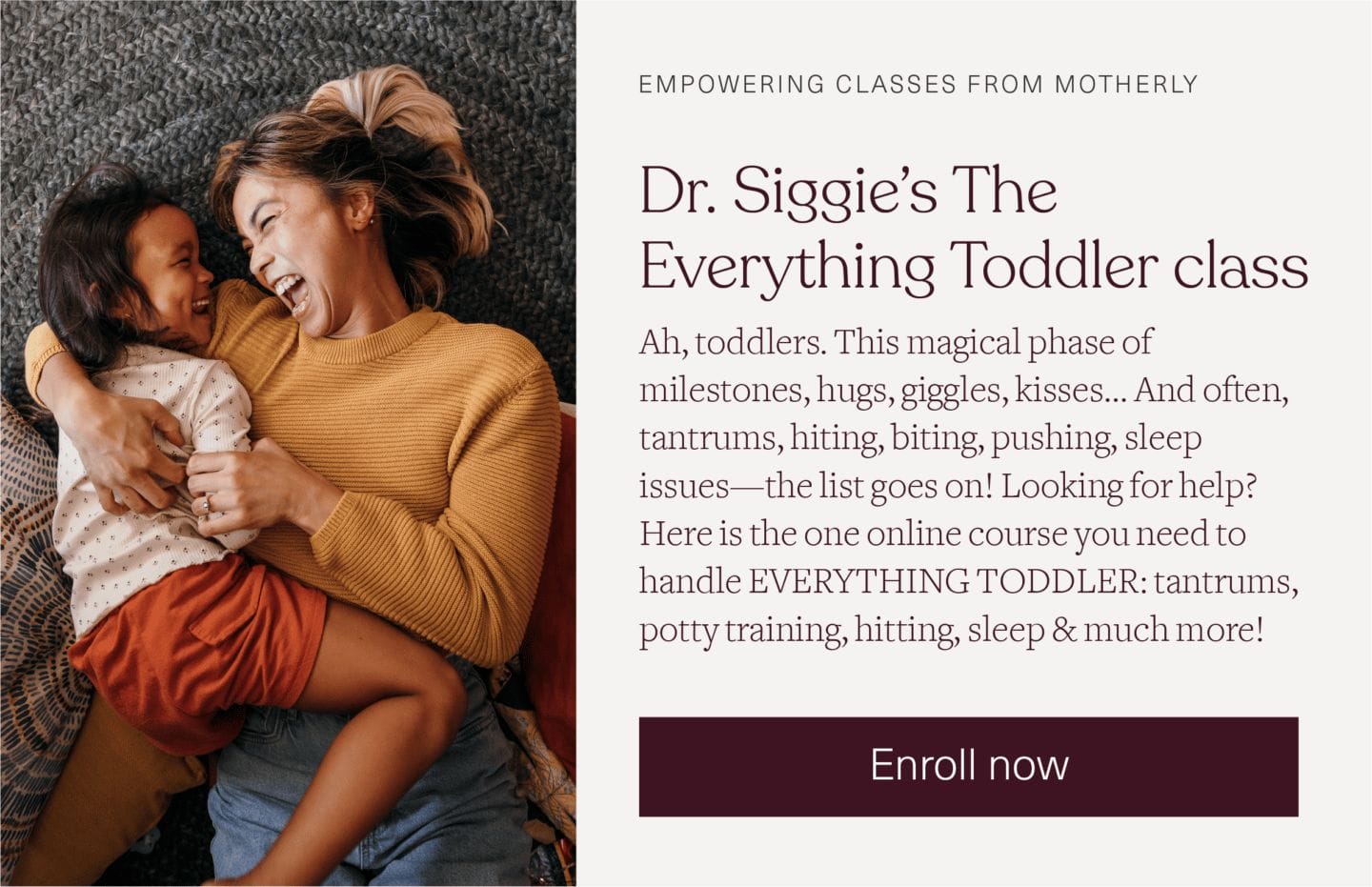Want to raise resilient kids? Teach them to embrace their feelings

It is the emotional mending of what has been broken that paves the way to being able to thrive and bounce back.
Stress seems to lie around every corner. It is there when change happens to us or when we are up against the things we cannot change. From the losses that are part of life to our unmet needs, how were we meant to find a way through?
Resilience is the capacity to return to optimal functioning after stress or to thrive under duress.
—Gordon Neufeld
While we can’t avoid the ups and downs in life, we can harness the body’s natural way of healing and bounce back. The question is how do we do this and how do we set our children up to do the same?
The key to resilience is to realize that it cannot be found by “pitting our head against our heart,” as Neufeld states. It has always been our hearts that hold the secrets to healing. The problem is we have gotten lost in thinking that the mind holds all the answers when we are faced with problems. We lose sight that adversity will take us on an emotional journey, and our feelings need to take the wheel in helping us find a way through.

There is a difference between true resilience and false resilience.
False resilience arises when our emotions are suppressed and no longer become conscious or deeply felt. With false resilience, there is an absence of feelings and the ‘calm’ exterior lulls us into thinking that perhaps we are okay and indeed resilient. It allows a child to function at school despite stress or an adult to show up at work and do a job. The problem is, a hardened heart is like scar tissue, it isn’t very flexible nor does it feel very much.
True resilience is noisy. It is full of feelings that can be big and upsetting. You can hear it in the healthy teenager as they go through their final passage into adulthood and speak of the emptiness, fear, loneliness, or the insecurity they feel. You can hear it in the new parent who is wondering why they have so many emotions flooding them like alarm, frustration, and sadness as they take care of little people they love dearly.
False resilience stems from the absence of emotion whereas true resilience is about being hardy or of much heart. Resilience requires more feeling, not less.
If we are to play a role in our children unfolding as resilient beings, we will need to play caretaker to their heart.
We don’t need to chase them away or have them run away from their big feelings. We don’t need to toughen them up or suggest “not to let themselves get down” or that they “need to pick themselves up.”
It is the emotional mending of what has been broken that paves the way to being able to thrive and bounce back.
The problem is that when stress overwhelms or floods us, there are too many things to focus on or to feel. Our emotions are stirred up and they get busy trying to fix the challenges we face. A child can cling to a parent when it’s time to leave for school, or a teen can refuse to talk about something because it hurts more when they do.
The brain jumps into action when we are full of emotion, and feelings are a luxury. Feelings are the emotions we can catch hold of, cry tears to and make room for. But when we are overloaded, we have “more emotion and less feeling,” as Neufeld states.
We struggle to embrace the emotional journeys that come with stress, and we have lost sight of how important they are to take our children on. The problem is we seem so scared of emotions that come big and strong in times of stress. We worry they will take us down the dark holes that are part of life, and we will never get back up.
We think we have to kick and scream and crawl our way out of the tunnels in life, rather than to see that there has always been something to carry us through them. Resilience is an emotional journey and our emotions were meant to carry us forward when we no longer know the way.
It isn’t the absence of vulnerable feelings that make us strong, but our capacity to embrace the ones that we have.
We have lost the keys to opening the heart at the time when we need it the most. We have become lost in our heads and believe thinking things out holds the ultimate answer. Reason doesn’t hold the answer when our heart is hurt.
Resiliency isn’t a set of skills to learn nor is it a list of statements we tell our kids to write out and repeat. Resilience doesn’t come from a script, a worksheet or talking yourself into happy feelings either. The idea that we have to force healing down a particular path doesn’t understand the inherent capacity in humans to heal.
We need to embrace our feelings and allow what nature has given us to be able to journey through the stress and adversity that is part of our life.
We need to help our children express the sadness that will be there when things don’t go their way.
We need to open channels for expression through play and free the muses to draw out their feelings through music, paint, dance, song, or clay. We can encourage them to tell us their stories and to “replay” all that has happened, says Neufeld.
What we all need most of all on emotional journey’s are people who can come alongside our feelings.
It is the people we hold onto at times of unrest, who carry us through our strong emotions. Our relationships provide an illusion of safety in the midst of all the things that don’t feel right. When we are in doubt about our chances of a safe return to well being, it is our relationships that can guide us and say hold onto me. Our relationships are also what give us hope and help us believe that we are indeed strong enough to carry the heavy load we feel.
It is a parent’s belief in a child that helps them feel there is a way out of it all.
When I think of the big things in my life that have had to be faced, it is people I am most attached to who have anchored me the most. They have become embedded in those emotional journeys. They are the people who helped keep my heart soft and helped me endure, despite feelings of despair.
And like all journeys, once you have traveled somewhere, you are never the same again. You become forever transformed by the things you see on the way, the experiences you have, and the emotions that are felt.
Life must be lived forwards but can only be understood backward.
—Søren Kierkegaard
While you are in the midst of the emotional journey, it is not important to make sense of it all or to have the pieces all fit together. Rather, it is important to embrace the process of the emotional let down, and to use nature’s system to help release the emotions that need to come out. And it is important to rest from trying to make things different.
If we can do this for our kids, they will realize that healing wasn’t something we had to invent, wasn’t something we had to learn or something we had to work hard at or force. Rather, healing is something we have to release ourselves to. We already have inside of us the ingredients to allow healing to occur, we just need someone to go on the emotional journey with us.
As parents, we can set the stage for the feelings and the play to help our children.
Emotions are not a nuisance, they are nature’s ways of taking care of us. It is our feelings that carry us when faced with the challenges that life presents. The more we make room for them, feel them, play with them, the more they can do their healing on us.
The challenges in life must be embraced, but we all need someone to lean on. There could be no greater gift to our kids, nor no better message to leave them with.





































